Rising Incidence of Cancer
The increasing prevalence of cancer worldwide is a primary driver for the Radiopharmaceutical Theranostics Market. As cancer cases rise, the demand for effective diagnostic and therapeutic solutions intensifies. According to recent statistics, cancer is projected to affect millions annually, necessitating innovative treatment approaches. Radiopharmaceuticals, which combine diagnostic imaging and targeted therapy, are gaining traction as they offer personalized treatment options. This trend is likely to continue, as healthcare providers seek to improve patient outcomes through precision medicine. The integration of radiopharmaceuticals in oncology is expected to enhance treatment efficacy, thereby propelling the growth of the Radiopharmaceutical Theranostics Market.
Supportive Regulatory Frameworks
Supportive regulatory environments are crucial for the advancement of the Radiopharmaceutical Theranostics Market. Regulatory agencies are increasingly recognizing the potential of radiopharmaceuticals in improving patient care and are streamlining approval processes for new products. This regulatory support encourages pharmaceutical companies to invest in research and development, leading to the introduction of innovative radiopharmaceuticals. Additionally, favorable reimbursement policies for theranostic agents further stimulate market growth. As regulatory frameworks continue to evolve, they are expected to facilitate the entry of new players and products into the Radiopharmaceutical Theranostics Market, enhancing competition and innovation.
Growing Demand for Personalized Medicine
The shift towards personalized medicine is a significant factor propelling the Radiopharmaceutical Theranostics Market. Patients increasingly seek treatments tailored to their specific genetic profiles and disease characteristics. Radiopharmaceuticals, which allow for targeted therapy based on individual patient needs, align well with this trend. The ability to customize treatment regimens enhances therapeutic outcomes and minimizes side effects, making radiopharmaceuticals an attractive option for healthcare providers. As the healthcare landscape evolves, the emphasis on personalized approaches is likely to drive further investment and innovation in the Radiopharmaceutical Theranostics Market, fostering growth and development.
Increasing Investment in Healthcare Infrastructure
The expansion of healthcare infrastructure is a vital driver for the Radiopharmaceutical Theranostics Market. As countries invest in modernizing healthcare facilities and technologies, the availability of advanced diagnostic and therapeutic options increases. Enhanced infrastructure supports the integration of radiopharmaceuticals into clinical practice, allowing for better patient access to these innovative treatments. Moreover, investments in training healthcare professionals on the use of radiopharmaceuticals are essential for maximizing their potential. This growing focus on healthcare infrastructure is likely to create a conducive environment for the Radiopharmaceutical Theranostics Market, fostering growth and improving patient outcomes.
Technological Advancements in Radiopharmaceuticals
Technological innovations in the field of radiopharmaceuticals are significantly influencing the Radiopharmaceutical Theranostics Market. Advances in imaging technologies, such as PET and SPECT, have improved the accuracy of diagnostics, allowing for earlier detection of diseases. Furthermore, the development of novel radiotracers enhances the therapeutic efficacy of treatments. The market is witnessing a surge in research and development activities aimed at creating more effective and safer radiopharmaceuticals. This technological evolution not only boosts the diagnostic capabilities but also expands the therapeutic applications of radiopharmaceuticals, thereby driving market growth. The continuous evolution of technology is expected to play a crucial role in shaping the future of the Radiopharmaceutical Theranostics Market.


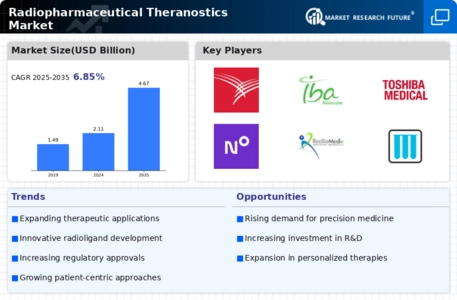
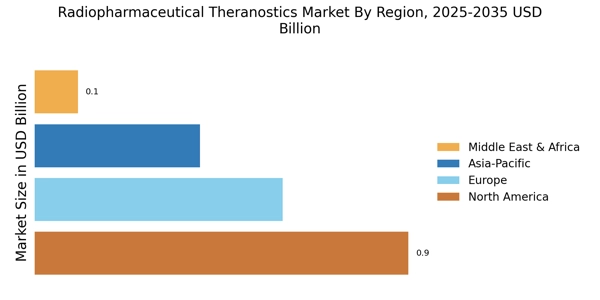

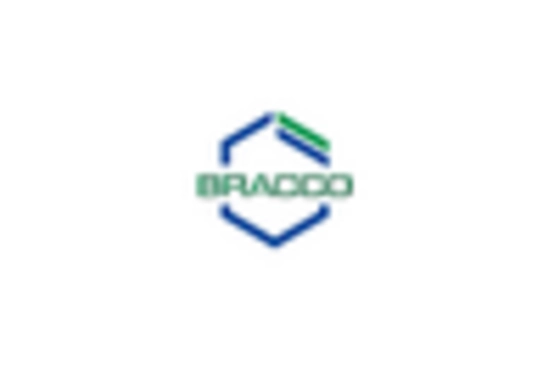
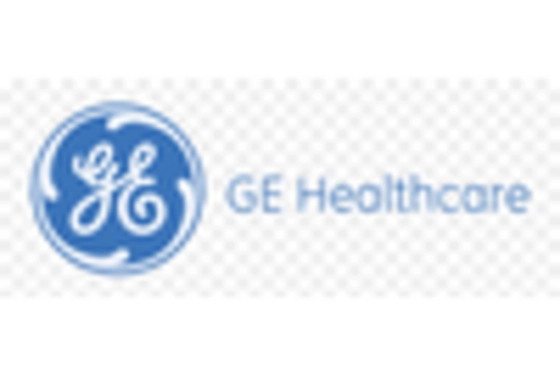
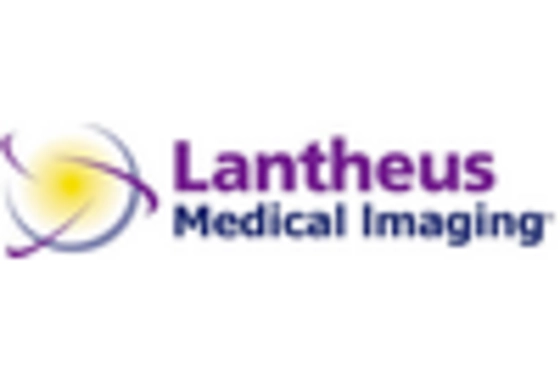










Leave a Comment